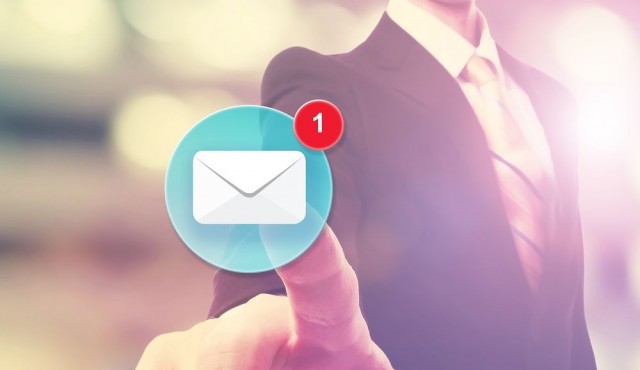4 Cold Email Formulas That You Need to Know About

In fact, according to MailChimp’s July 2015 Email Marketing Benchmarks, companies within the business and finance industry have a 2.89 percent click-through rate, which doesn’t bode well for HR-tech companies.
Breaking through the noise of the modern worker’s inbox to reach a business prospect can be tough — we’ve all deleted enough cold emails to know. So, the question remains: how can you get your cold email to be read and responded to? For starters, your cold email has three jobs:
1. Make it through the spam filters.
2. Make an impression.
3. Encourage a response.
You could spend the lion’s share of your workday writing the best email copy known to man, but if no one even bothers to open the email, your efforts will have gone to waste. So keep these goals in mind when drafting your email.
While luck tends to play a huge role in getting your email opened, read, and responded to, there are a number of ways that HR-tech companies can increase their chances of getting a reply. The key is to get your cold email formula down pat.
Here are four cold email formulas to help you write an email that will actually get a response:
1. Before-After-Bridge (BAB)
This conversion-oriented formula is designed to make a particular offer appeal to the needs and wants of the potential prospect. Let’s say your HR-tech company specializes in automated onboarding, and you want to offer the reader a free demo.
Starting with the “before,” you want to present readers with what their onboarding situation looks like now — slow or completely nonexistent, most likely. Then, help them imagine what it would look like “after” this problem has been solved — faster new hire acclimation, more productive employees, and an overall happier workforce. Finally, close with the “bridge” by explaining how your product can help them get from point A to point B.
Why it works:The BAB formula works because you’re providing readers with a solution to their problem. You’re giving them a clear-cut reason to open the email, read it, and respond. In other words, there’s something in it for them. The key to making it work is to truly understand your reader’s pain points and how to alleviate them.
2. Attention-Interest-Desire-Action (AIDA)

Why it works:Unlike the other cold email formulas, AIDA caters to the specific reader. By making the email more personal, it shows that the email is not a “blast,” but an offer or request from one human to another.
3. Problem-Agitate-Solve (PAS)
Like the BAB formula, the problem-agitate-solve (PAS) formula is based on identifying a unique pain point (the “problem”). But, instead of imagining what life without the problem would be like, PAS further agitates the problem by outlining the dangers and risks. It then requires you to provide a solution to that problem.
Why it works:Often times, relieving pain is even more motivating than pleasure. Telling readers how their problem can get worse or affect other aspects of business will grab their attention and have them looking for a solution.
4. The 3-B Plan
The average office worker sends or receives 125 emails per day, according to a recent report by the Radicati Group. With that many emails coming and going, it’s easy to see why so many cold emails get sent straight to the trash. Without even realizing it, when deciding whether to read or delete an email, we ask ourselves the following:
- Who is emailing me?
- What do they want?
- How long will this take?
The key to passing that initial evaluation from readers is to use the 3-B plan when composing a cold email. This formula follows three simple guidelines: brevity (keep it short), blunt (keep it quick), and basic (keep it simple).
Why it works:According to a study of more than 250,000 emails from more than 300 companies by Implisit, short emails (with fewer than 100 words in the body) tend to perform better in the first and second email attempt with a 32.2 percent response rate. Rule of thumb: if you can get your point across in 100 words or less, do so.

The biggest mistake people tend to make with anything they write is not going back over it once it’s complete. When sending cold emails, going back over the email is especially important. So, before you hit send, give the email a once-over and ask yourself the following questions:
- Would I open an email with this subject line?
- Am I talking to them or at them?
- Does this seem like a “blast,” or an email from an actual human?
- Is the purpose of the email clear?
What do you think? Do you have any tips or tricks for boosting cold email success? Let us know in the comments!

